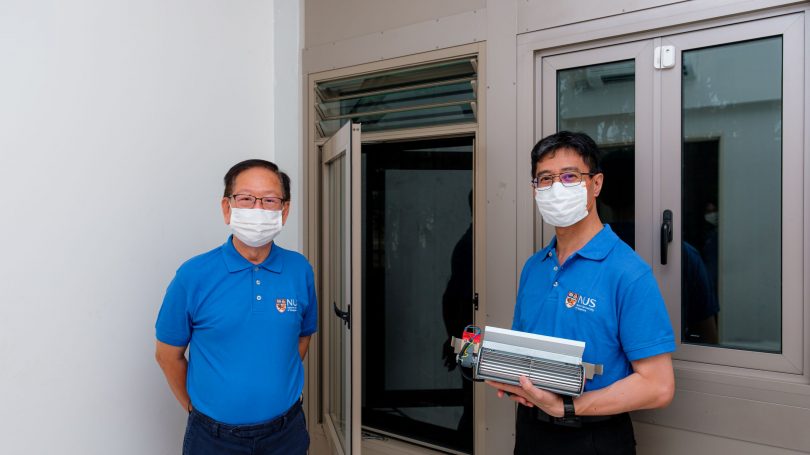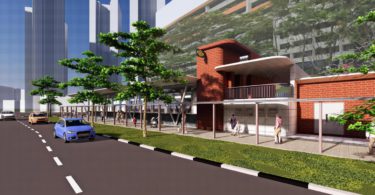Singapore, 18 February 2021 – Homeowners, especially those staying in noisy districts, can look forward to greater living comfort with a new invention by researchers from the National University of Singapore (NUS), School of Design and Environment (SDE), that reduces outdoor noise and improves indoor ventilation.
Named the Acoustic Friendly Ventilation Window (AFVW), this novel system cuts environment noise levels by 26 decibels (dB), which is approximately more than a fourfold reduction in terms of a human’s perception of loudness. It can also achieve four times better ventilation than an open conventional window.
Urban noise has long been a problem for high-density cities such as Singapore, where the average outdoor sound level is about 69.4 dB. To minimise this, an enclosed air-conditioned space would be an ideal solution, but this would result in an increased energy consumption and reduced natural ventilation. Also, during the COVID-19 pandemic, spatial design should be the focus to ensure sustainability, physical well-being and emotional wellness.
Read: Smart liquid window to reduce heating and cooling costs of a building
The AFVW adopts labyrinth air path and sound absorption techniques that have better noise reduction at a broader range of frequencies. It has been fabricated and installed at the NUS-CDL Smart Green Home for testing since December 2019.
Measuring 1.8 metres (height) by 0.88 metre (width) by 0.15 metre (thickness), the AFVW consists of two layers of glass panes with two staggered vents and a mechanical ventilation system. The glass panes are 0.6 centimetre thick and are set 8.5 centimetres apart. Sound absorbers are installed along the sides between the glass panes to achieve better insulation performance.
While keeping noise out, the AFVW is also able to provide natural ventilation through two open vents. Air flow passes through a staggered vent at the bottom of the window and out through another staggered vent at the top. A mechanical ventilation system is installed in between the glass panes to enhance the indoor air change.
To test this, the team used tracer gas simulating as a ‘pollutant’, which was injected into a room installed with the AFVW and another with an open conventional window. They found that the concentration of tracer gas, i.e., the removal of the ‘pollutant’, decreases four times faster for the AFVW than for open conventional windows.
This means that the system could potentially improve thermal comfort with minimal energy consumption compared to natural ventilation. A dust particle filter, similar to those used in air-conditioning units, can also be added to the system to filter dust particles or pollutants.
“The AFVW provides additional ventilation as well as sound insulation for the indoor environment, and this is particularly important for improving indoor air quality and potentially mitigating the spread of infectious diseases,” shared Dr Eddie Lau, leader of the research team.
The AFVW prototype will be installed at City Developments Limited’s (CDL) premises for test bedding and system refinements to make it viable for commercial and residential living applications.
– Construction+ Online
Source: NUS











